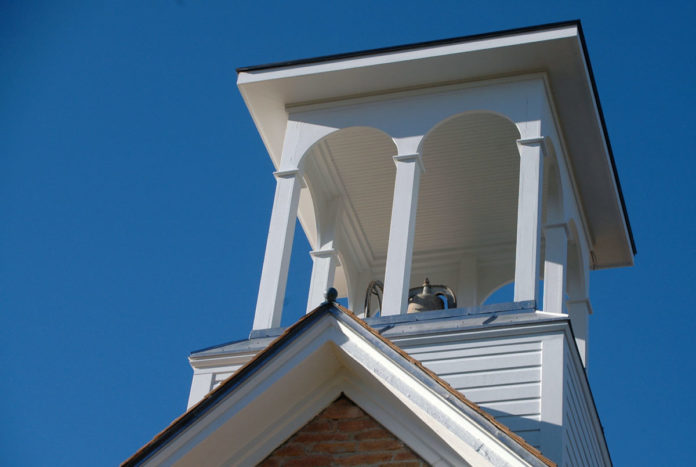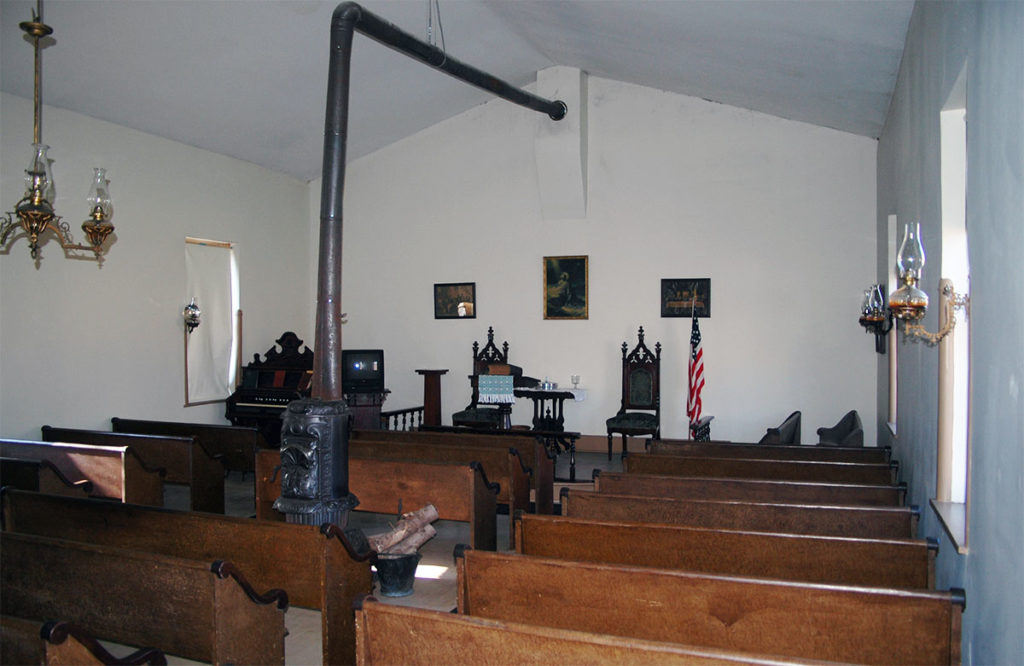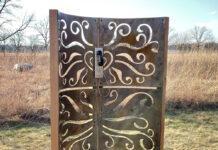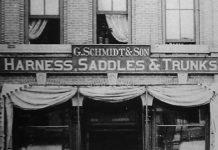Driving along Le Sueur County Rd. 36 (also known as Ottawa Road) to its junction with Le Sueur County Rd. 23, you will come upon the unincorporated community of Ottawa, currently home to a just over three hundred residents.
They are surrounded by the visible history of their community—a town hall, a school, and a few original houses, some still occupied, as well as the 160-year-old Ottawa Methodist Episcopal Church, which stands at the corner of Liberty and Whittier Streets.
Often called the Little Stone Church, it is one of the three oldest Methodist church buildings in Minnesota and has been on the National Register of Historic Places since 1982. It recently received what might be called a “structural face lift,” including installation of a historically accurate bell tower, thanks to work done by Goodrich Construction of Mankato.
In 1856, two years before Minnesota became a state, the Ottawa (United) Methodist Episcopal Church congregation was organized. They built the Little Stone Church in 1859 on land deeded by David and Hannah Patten, who received $15 for it. The church was constructed of locally quarried dolostone which some people say has a pink hue.
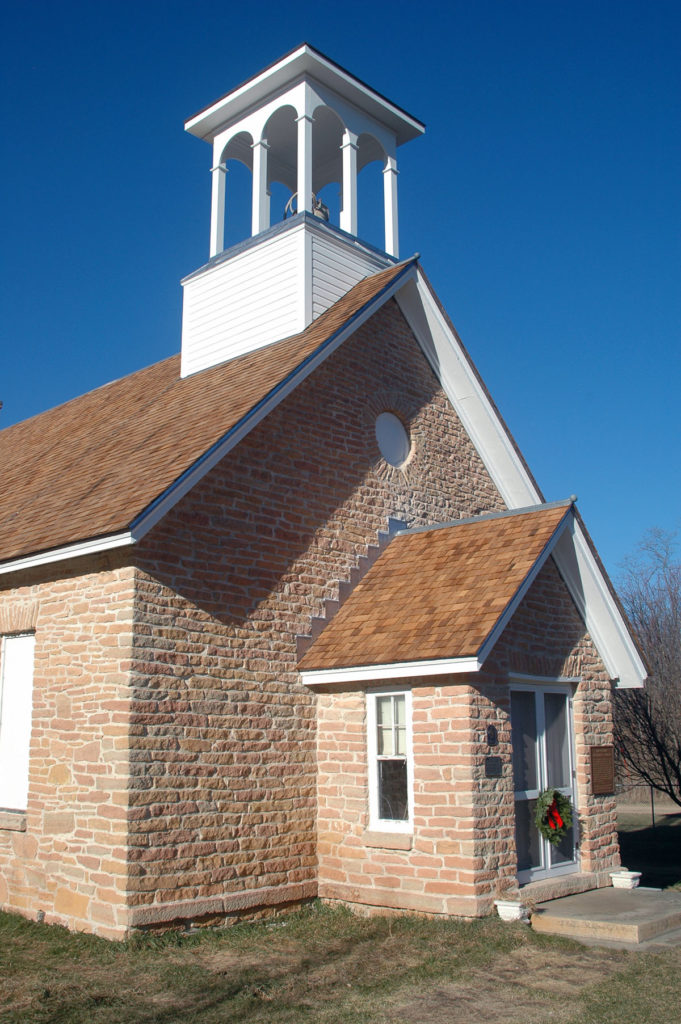
The church was a gathering place for Methodist worshipers for nearly a century. In 1952, the congregation closed the church and relocated themselves to a church building in another Le Sueur County community. After many years of use—followed by years of non-use—the historic Little Stone Church’s renovation makes it once again a site for worship, weddings, funerals, family celebrations and other activities.
It was a big deal to go to Ottawa. I ran into family members and listened to stories they told of bygone times. It’s probably there that I picked up an interest in history.Dean Pettis
Historical treasure
In 1967, 15 years after the church’s closing, the Minnesota Annual Conference of the Methodist Church donated the Little Stone Church to the Le Sueur County Historical Society.
Gradual deterioration of the church building occurred despite the efforts of countless volunteers. During the half century since receiving the church in 1967, members of the Le Sueur County Historical Society performed routine maintenance on the exterior while the organization used the building for storing historic artifacts.
On summer weekends, volunteers opened the church’s doors to visitors whose interest in history led them to Ottawa. The historical society also made the Little Stone Church available for people’s use for special occasions and events—which is now also the plan for the future of the restored church.
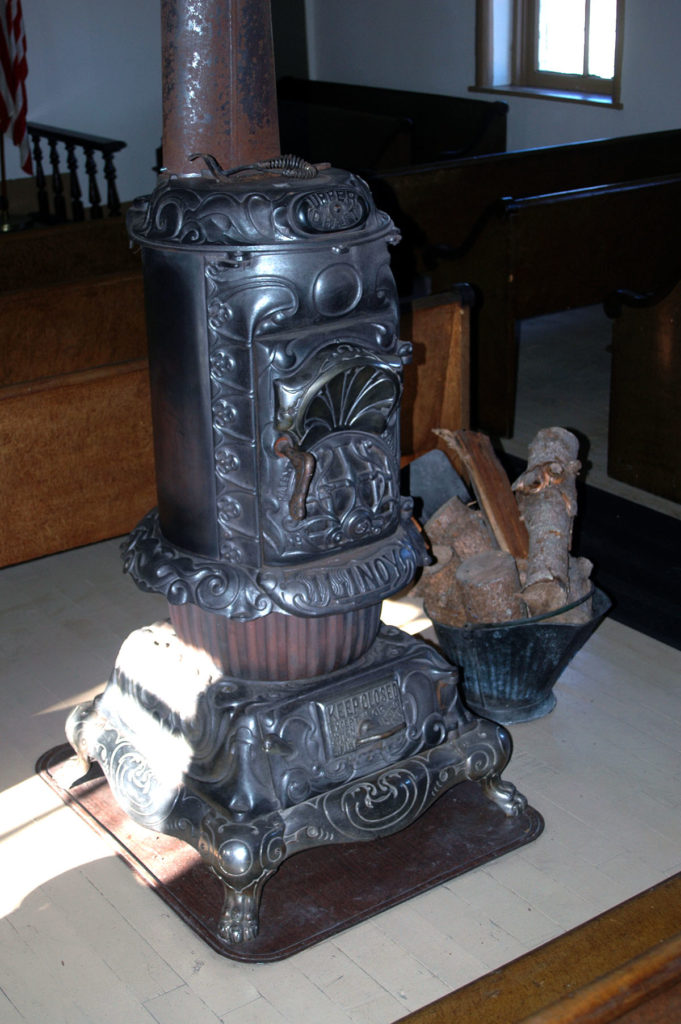
Back in service
Occasional services were held in the church over the years. As recently as September 2019, an ecumenical service was held to commemorate the church’s 160-year anniversary. The event was part of a century-old tradition of holding fall harvest celebrations there. Those who attended heard the historic pump organ being played with foot pedals, listened to readings from an 1884 edition of the Bible that sits on the lectern and heard a sermon preached by Pastor Jason Lang of Le Sueur, as well as a presentation by historical society board member Bryce Stenzel.
Had the weather been colder, an old wood stove could have been used to warm people sitting in pews that date back to 1859. Because there are not nearly enough pews to seat the approximately 125 people who attended, the anniversary service was literally standing room only.
Reconstruction
Several years ago, LCHS members saw evidence of the need for major repairs to the church.
It had become obvious that the steeple was seriously leaning. In 2018, they called on Goodrich Construction not only to address the steeple’s condition, but also to stabilize the church building itself.
The grand finale — reattachment of the bell tower on Oct. 12, 2020 — was the result of ongoing efforts by many volunteers, including LCHS president Bill Stangler and vice-president Dean Pettis. For Pettis, who did not grow up in Ottawa, the church has special meaning because his mother taught Sunday School there as a young woman, and his grandmother is one of several relatives buried in the church cemetery.
It took some time to develop the reconstruction project from idea to completion, but the project moved ahead swiftly once fund-raising began. In November 2019, LCHS members and fellow non-profit Ottawa Historians asked for the public’s help in renovating the church and reattaching the church tower.
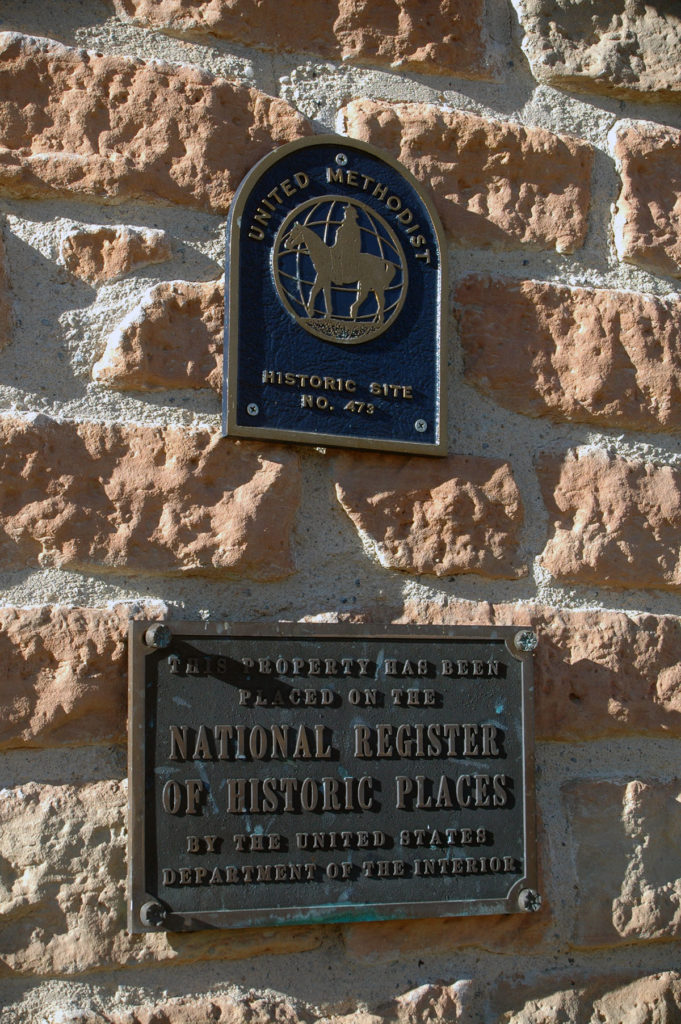
It took about a year to raise the $180,000 needed, according to LCHS president Bill Stangler. Funding included donations from many individuals and a donation from Unimin, a corporation that has a mining operation in Le Sueur County. The Carl and Verna Schmidt Foundation generously provided twice-matching funds—$2 for each $1 that had been raised by the historical society.
A Goodrich Construction crew began the renovation work in autumn of 2019, completing it in the summer of 2020.
Generous response to the historical society’s fund-raising efforts made it possible to provide the church with new cedar shakes and structural supports. (The church steeple had been removed several years earlier after it began to tilt, threatening the roof and structural stability of the building.) Before constructing the new bell tower, the Goodrich crew first completed a new roof and placed new steel trusses in the back of the church to support the new roof. The construction crew also set into place a steel frame to hold the bell tower, which was lifted in several parts by a crane.
There is a reason that the bell tower differs in appearance from the wooden steeple that crowned the roof line of the church for the past century—authenticity. That steeple, which many people remember, was not original to the old stone church of pioneer days. In the search for authenticity, the LCHS Board of Directors used photos from the Society’s archives to make the restoration as historically authentic as possible. Visitors will have the opportunity to examine and appreciate the church’s authenticity at future celebrations.
On the horizon
What’s next for the Le Sueur County Historical Society?
Of the several buildings owned and cared for by the LCHS, none was in as much need of renovation as the Little Stone Church, but future plans may include repairing and renovating some of the other county buildings.
Pettis pointed out that it’s particularly important that roofs are well maintained, as historic collections are stored in some of the buildings. The historic school in Elysian houses a considerable portion of the LCHS’s collection of artifacts, including farm implements and household appliances. Adjacent to the school is a separate building that holds paper archives. The LCHS also owns and maintains the historic school in Ottawa and a church in Cleveland, in which artifacts also are stored.

